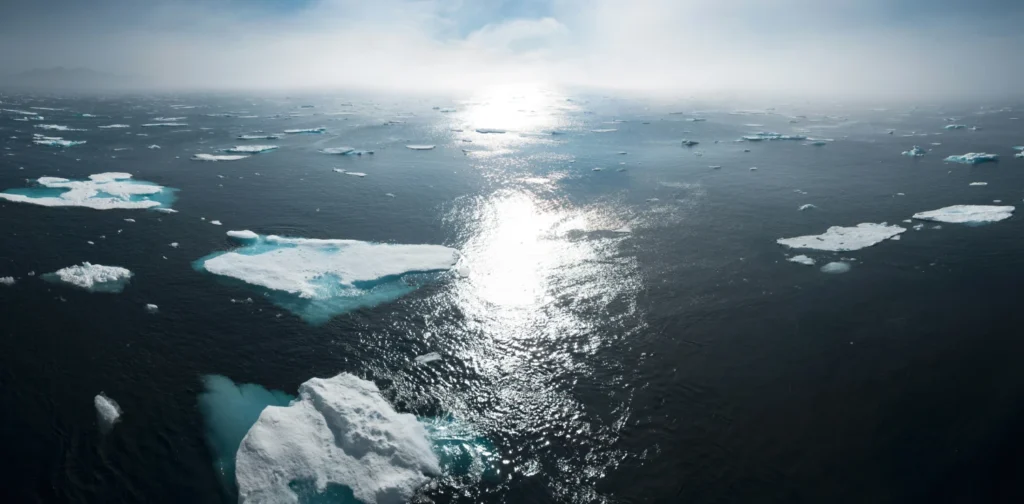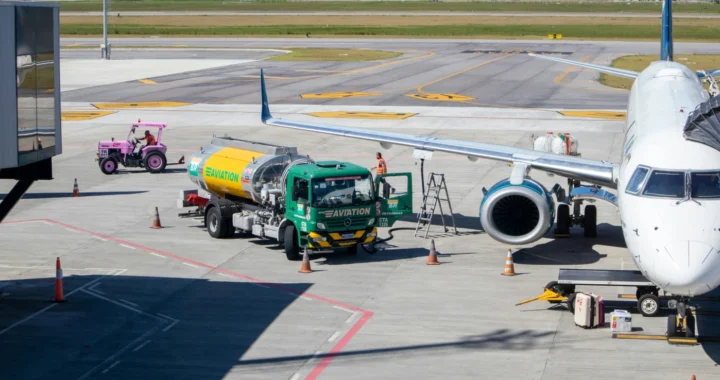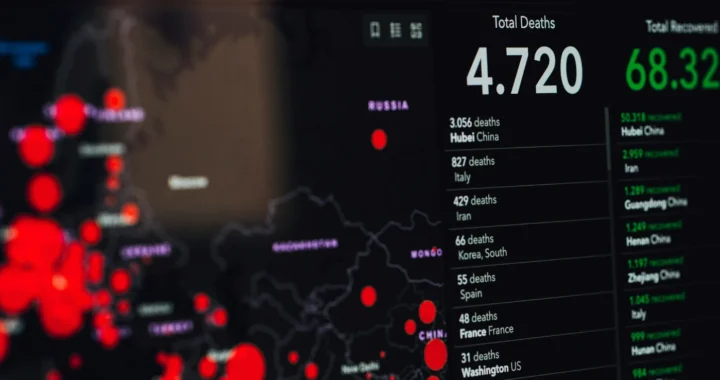Call for Stronger Climate Action at the Climate Summit 2025

Photo: William Bossen on Unsplash.
The adoption of the Paris Agreement in 2015 should have brought global focus and commitment into keeping the temperature rise below 1.5°C. Yet, ten years after, the accelerating climate crisis indicates that the current pace and trends of climate action will not be sufficient to achieve the goal.
Insufficient Progress
Days are getting hotter, and glaciers are melting. Street vendors and construction workers risk their health to work in sweltering heat day to day; meanwhile, farmers struggle to irrigate their crops due to prolonged drought. In the forests, wildlife is losing habitats due to climate-induced wildfires. The impacts of climate change are widespread and far-reaching. We have yet to see the worst of it, but we might soon if we remain the same.
This urgency highlights the need for prompt climate action worldwide. After the Paris Agreement, countries have developed multiple plans and strategies to reduce carbon emissions and adapt to climate change through their Nationally Determined Contributions (NDCs), which they submit to the UNFCCC secretariat every five years.
However, nine years after the first NDCs were submitted, the 1.5°C limit is too close for comfort . The Emissions Gap Report 2024, published by the UNEP, states that the goal will be unattainable unless countries collectively commit to reducing 42% of annual greenhouse gas emissions by 2030 and 57% by 2035 in the next round of NDCs, which is due in 2025. Without a significant reduction, the global temperature can reach a catastrophic 3.1°C rise.
Searching for Stronger Climate Action
In September 2025, UN Secretary-General António Guterres, and President Luiz Inácio Lula da Silva of Brazil convened a Climate Summit, calling on countries to accelerate their climate action and targets ahead of COP30, set to commence in November 2025.
“Now, we need new plans for 2035 that go much further, and much faster: Delivering dramatic emissions cuts aligned with 1.5 degrees; covering all emissions and sectors; and accelerating a just energy transition globally,” said the Secretary-General in his opening remarks.
The summit serves as a momentum for countries to unveil their new targets for climate action. Around 100 countries have submitted or announced their new NDCs so far, including several major economies.
For instance, China, the world’s top emitter, plans to reduce economic-wide greenhouse gas emissions by 7–10% from peak levels by 2035, as well as expand wind and solar power capacity sixfold compared to 2020 levels. Meanwhile, the European Union has stated commitment to support climate financing globally.
Moving Beyond Commitments
The 2024 Emission Gap Report reveals that 63% of global greenhouse gas emissions originate from the six largest GHG emitters, while the least developed countries account for only 3%. This signifies the role of major countries with significant economies in backing up their commitments with real and genuine climate action to curb emissions.
The Secretary-General calls for the prioritization of accelerating the energy transition, reducing methane gas and heavy industry emissions, conserving forests, and strengthening climate justice as key drivers of meaningful progress in tackling the climate crisis.
Editor: Nazalea Kusuma

Join Green Network Asia – An Ecosystem of Shared Value for Sustainable Development
Support Green Network Asia’s movement to create positive impact for people and the planet through public education and multi-stakeholder advocacy on sustainability-related issues and sustainable development.
Become a Member Now

 COP30: A Critical Moment to Adopt Climate Adaptation Indicators
COP30: A Critical Moment to Adopt Climate Adaptation Indicators  How Citizen Science Can Help Address Plastic Pollution
How Citizen Science Can Help Address Plastic Pollution  Luxury Tourism Threatens the Maasai Mara
Luxury Tourism Threatens the Maasai Mara  South Korea’s Mandate on Obligatory Use of Sustainable Aviation Fuel (SAF)
South Korea’s Mandate on Obligatory Use of Sustainable Aviation Fuel (SAF)  New Zealand Takes a Step Against the Oceanic Degradation of Hauraki Gulf
New Zealand Takes a Step Against the Oceanic Degradation of Hauraki Gulf  The Inequality-Pandemic Cycle amid Rising Global Vulnerability
The Inequality-Pandemic Cycle amid Rising Global Vulnerability